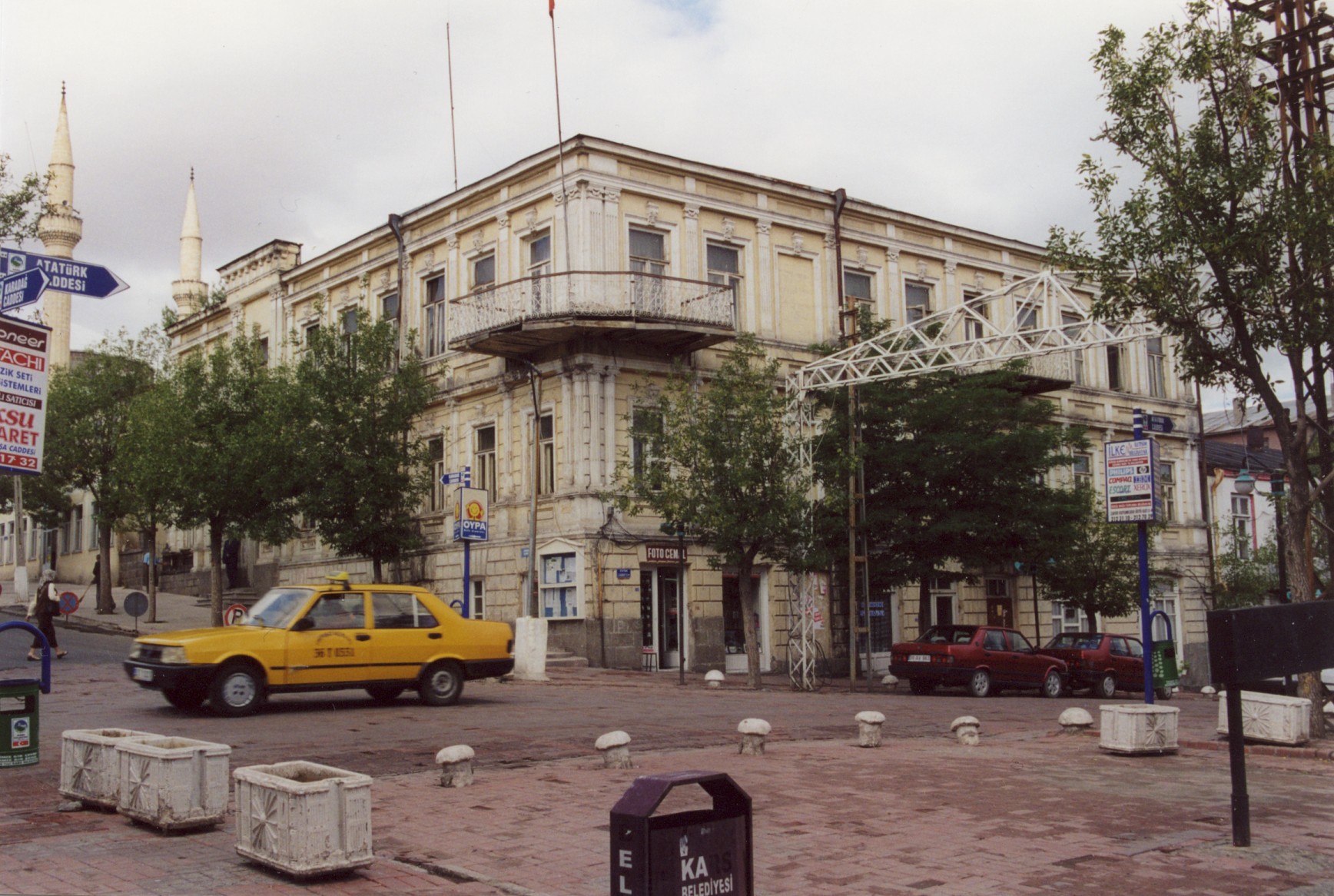|
Derussification
Derussification (or derussianization) is a process or public policy in different states of the former Russian Empire and the Soviet Union or certain parts of them, aimed at restoring national identity of indigenous peoples: their language, culture and historical memory, lost due to Russification. The term may also refer to the marginalization of the Russian language, culture and other attributes of the Russian-speaking society through the promotion of other, usually Indigenism, autochthonous, languages and cultures. After the collapse of the Russian Empire Early derussification processes manifested themselves in the newly independent states that emerged after the Russian Revolution, collapse of the Russian Empire in 1917, such as Second Polish Republic, Poland, Finland, Democratic Republic of Georgia, Georgia, Estonia, Latvia, and Lithuania. Kars After the Treaty of Moscow (1921) transferred the Kars Oblast and a number of adjacent territories to Turkey, almost all Christians, ... [...More Info...] [...Related Items...] OR: [Wikipedia] [Google] [Baidu] |
Korenizatsiia
Korenizatsiia (, ; ) was an early policy of the Soviet Union for the integration of non-Russian nationalities into the governments of their specific republics of the Soviet Union, Soviet republics. In the 1920s, the policy promoted representatives of the titular nation, and their national minorities, into the lower administrative levels of the local government, bureaucracy, and nomenklatura of their Soviet republics. The main idea of the korenizatsiia was to grow communist cadres for every nationality. In Russian language, Russian, the term () derives from (, "native population"). The policy practically ended in the mid-1930s with the Population transfer in the Soviet Union, deportations of various nationalities. Politically and culturally, the nativization policy aimed to eliminate Russian domination and culture in Soviet republics where ethnic Russians did not constitute a majority. This policy was implemented even in areas with large Russian-speaking populations; for instanc ... [...More Info...] [...Related Items...] OR: [Wikipedia] [Google] [Baidu] |
Тернопіль - Порожній постамент без пам’ятника Пушкіну - 22040934
Ternopil, known until 1944 mostly as Tarnopol, is a city in western Ukraine, located on the banks of the Seret River. Ternopil is one of the major cities of Western Ukraine and the historical regions of Galicia and Podolia. The population of Ternopil was estimated at The city is the administrative center of Ternopil Oblast (region), as well as of surrounding Ternopil Raion (district) within the oblast. It hosts the administration of Ternopil urban hromada, one of the hromadas of Ukraine. History The city was founded in 1540 by Polish commander and Hetman Jan Amor Tarnowski. Its Polish name, ''Tarnopol'', means 'Tarnowski's city' and stems from a combination of the founder's family name and the Greek term ''polis''. The city served as a military stronghold and castle protecting the eastern borders of Polish Kingdom from Tatar raids. On 15 April 1540, the King of Poland, Sigismund I the Old, in Kraków gave Tarnowski permission to establish Tarnopol, near Sopilcze ( ... [...More Info...] [...Related Items...] OR: [Wikipedia] [Google] [Baidu] |
Harbin
Harbin, ; zh, , s=哈尔滨, t=哈爾濱, p=Hā'ěrbīn; IPA: . is the capital of Heilongjiang, China. It is the largest city of Heilongjiang, as well as being the city with the second-largest urban area, urban population (after Shenyang, Liaoning province) and largest metropolitan area, metropolitan population (urban and rural regions together) in Northeast China. Harbin has direct jurisdiction over nine metropolitan districts, two county-level cities and seven counties, and is the List of cities in China by population and built-up area, eighth most populous Chinese city according to the Seventh National Population Census of the People's Republic of China, 2020 census. The built-up area of Harbin (which consists of all districts except Shuangcheng, Harbin, Shuangcheng and Acheng, Harbin, Acheng) had 5,841,929 inhabitants, while the total metropolitan population was up to 10,009,854, making it List of urban areas by population, one of the 100 largest urban areas in the world. H ... [...More Info...] [...Related Items...] OR: [Wikipedia] [Google] [Baidu] |


